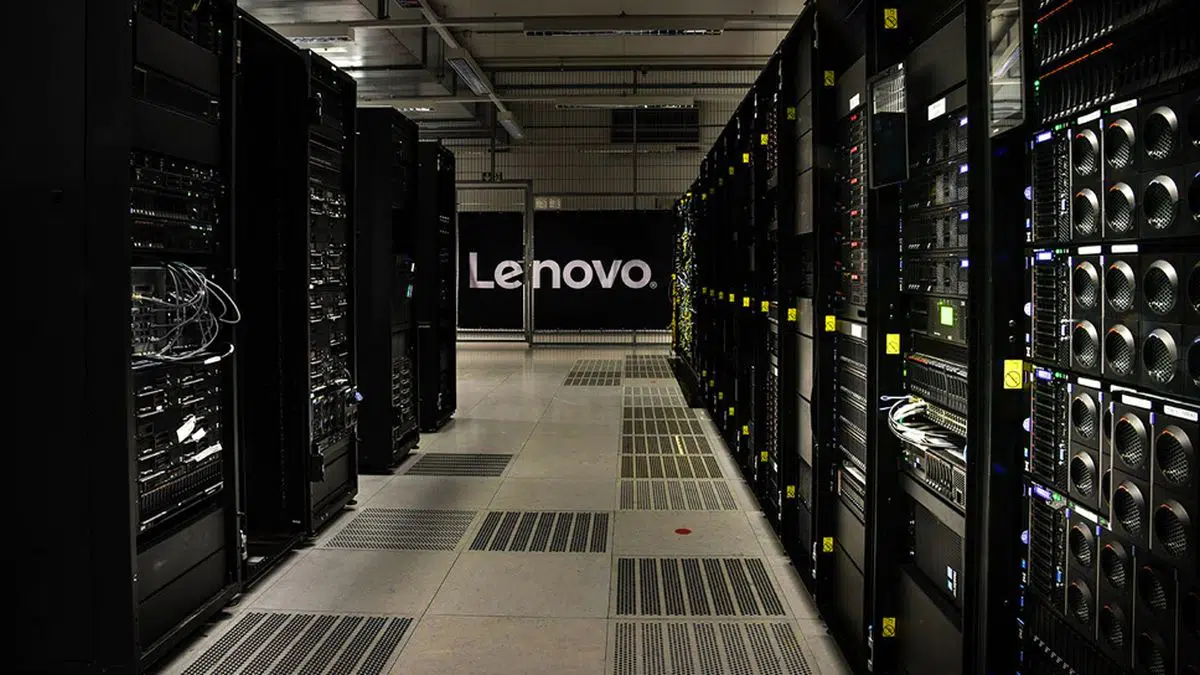What’s Next for Enterprise Data Storage? Exploring Cutting-Edge Solutions

Enterprise data storage solutions are the cornerstone of any successful company in today’s data-driven environment. The amount of data businesses generate is increasing at a rate that traditional storage solutions cannot handle.
IT professionals worldwide now are concerned about the requirement for effective, scalable, and secure data storage. However, enterprise data storage solutions have a bright future full of innovation.
This week, we’ll explore the fascinating world of emerging technologies that have the potential to completely change how we organize and preserve our vast digital collection.
The Changing Face of Business Data Storage
Enterprise data storage solutions have always been dependent on centralized data centers with many rows of actual system servers. Although this strategy worked for a while, it has drawbacks in terms of cost-effectiveness, scalability, and adaptability. These limits show up more and more as data volumes skyrocket.
Still, the winds of change are blowing. The market for business data storage solutions is changing as a result of several major trends:
1. Infrastructure Becomes More Hybrid and Hyperconverged
Silos for storing data are a thing of the past. The technology that combines the flexibility and scalability of the cloud with on-premises storage is becoming more and more prominent: hybrid and hyper-converged infrastructure (HCI).
To manage a variety of data needs at a reasonable price, hybrid systems seamlessly combine cloud storage with current storage hardware.
Conversely, HCI goes one step further. For virtualized environments, it simplifies deployment, management, and scalability by integrating compute, storage, and networking resources into a single, pre-configured appliance.
2. Storage for the Edge-Centering
Data storage is becoming increasingly peripheral as a result of the spread of Internet of Things (IoT) devices and the move toward decentralized computing. Reducing latency and enhancing performance for real-time applications, edge computing moves processing and storage closer to the point of data generation.
This means that, at the edge, reliable but lightweight storage solutions are required. Advances in software-defined storage (SDS) and solid-state drives (SSDs) intended for the edge should be anticipated, since they will allow for more effective data collection, processing, and analysis near the source.
3. The Driver is Software-Defined Storage (SDS)
Conventional storage systems are rigid and costly to grow because they frequently force users to employ proprietary hardware. A new concept is introduced: software-defined storage (SDS).
This revolutionary approach lets businesses use commodity hardware and manage storage like software by decoupling storage from hardware. The flexibility, scalability, and vendor independence that SDS provides set it apart from other enterprise data storage options.
4. The Object Storage’s Allure
Object storage is becoming a very attractive solution for storing large volumes of unstructured data, including media files, backups, and archives. Object storage, which handles data as distinct objects as opposed to conventional file-based storage, is far more scalable and economical when handling large datasets.
Furthermore, data administration and retrieval are made easier by the intrinsic metadata tagging capabilities of object storage.
5. The NVMe Revolution: Flash Takes Center Stage
Thanks to its increased speed and efficiency, flash storage is no longer a specialized technology. Flash storage is becoming a more popular option as organizations need real-time access to data for analytics and mission-critical applications.
Beyond conventional solid-state drives, flash storage (SSDs) has evolved. Technologies such as NVMe (Non-Volatile Memory Express) offer reduced latency and increased throughput, making them ideal for demanding applications like fraud detection in real-time and high-performance computing.
Although flash storage has a lot of performance benefits, the cost per terabyte is usually higher than that of conventional hard disk drives (HDDs). The long-term advantages of flash storage, such as enhanced application performance and lower energy usage, are drawing more and more attention, although the pricing difference is still widening.
6. Apprehensions About Security? Blockchain Comes to the Help!
Data security is critical in this era of ever-growing cyber threats. Blockchain technology—mostly known for being the engine behind cryptocurrencies—is being used more and more in enterprise data storage solutions.
Blockchain’s distributed ledger technology provides an extremely tamper-proof record of data exchanges. Blockchain technology has intrinsic security, which makes it a potential alternative for protecting sensitive data and guaranteeing data integrity in enterprise storage systems.
7. Artificial Intelligence’s (AI) Potential for Storage Management
AI has the potential to revolutionize all facets of information technology, including data storage. AI-powered storage solutions can free up IT staff time to work on more important projects by automating repetitive processes like data tiering, provisioning, and self-healing.
AI can also forecast future requirements and assess storage consumption trends, allowing for proactive resource allocation and cost minimization.
8. Green is the Way of the Future: Ecological Storage Options
The need for sustainable data storage methods is rising along with environmental concerns. Companies are searching for methods to lower the footprint and energy usage of their data centers.
This opens the door for developments in cooling technologies, energy-efficient storage technology, and the emergence of green data centers that run on renewable energy sources.
The Way Ahead: A Future with Multiple Clouds
Enterprise data storage solutions are no different from the rest of the IT industry in that the cloud has become an essential component. Businesses are increasingly using a multi-cloud strategy, which lets them take advantage of the advantages offered by several cloud service providers.
Because of its flexibility, scalability, and redundancy, this strategy enables enterprises to optimize their storage requirements to meet the demands of their workload and data type.
The Human Touch: IT Professionals’ Changing Role
Modern technology is transforming business data storage options, but people are still essential. To manage these intricate, hybrid environments, IT professionals will need to modify their skill sets. The emphasis will change from being hardware-centric to comprehending the subtleties of cloud integration, software-defined storage,
Future Thoughts Are Like a Symphony
There isn’t one, all-encompassing answer for enterprise data storage in the future. It has to do with the well-balanced arrangement of several technologies, each of which is essential to the data management symphony. While edge storage enables real-time analytics at the network’s edge, hybrid and multi-cloud architectures will provide flexibility and scalability.
The Final Thoughts
Enterprise data storage has a bright future ahead of it. Businesses can fully utilize their data to acquire insights, stimulate creativity, and propel corporate success by adopting state-of-the-art solutions like edge storage, software-defined storage, hybrid cloud, intelligent storage, and strong security measures.





